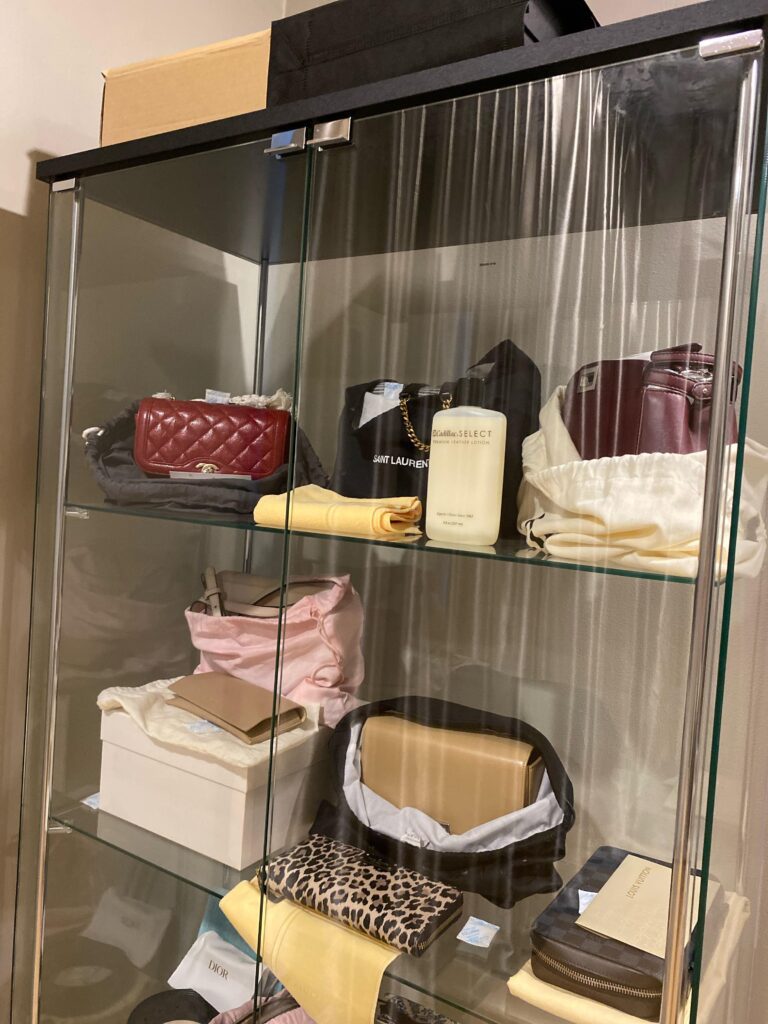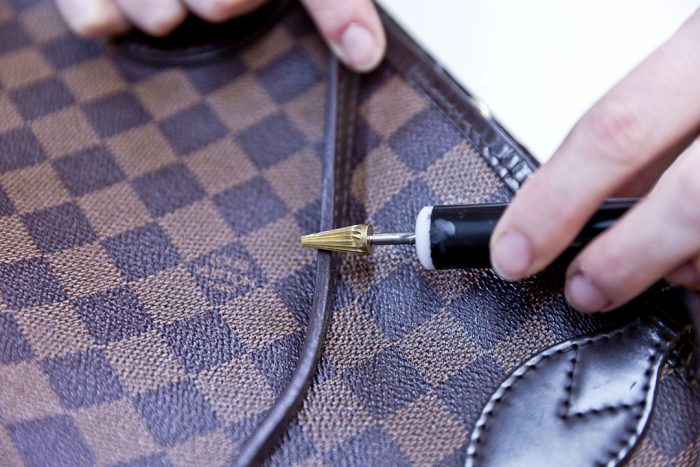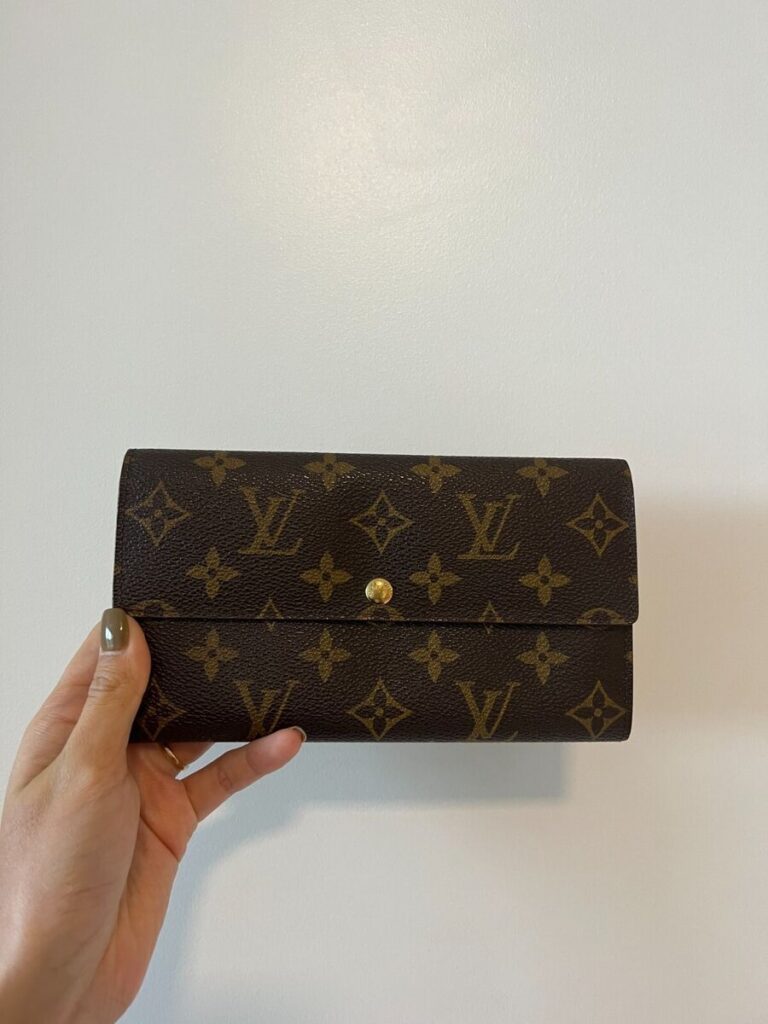Traditional Leather Footwear From Around the World: A Cultural Journey
Traditional leather footwear tells a fascinating story of culture, craftsmanship, and evolution. From the ancient Armenian leather shoe, carbon dated at 5,500 years old, to the Roman Empire’s elegant sandals, each pair reveals a glimpse into the past. These shoes were more than just functional—they symbolized power, status, and the artistry of skilled shoemakers.
As you explore the world through its footwear, you’ll uncover diverse styles and uses. In Japan, women wear leather slippers to keep warm in unheated homes, while in Estonia, leather and fabric embroidery create vibrant “Muhu sussid.” Each region boasts unique designs, reflecting local traditions and needs.
Today, the global shoe industry produces 14 billion pairs of leather shoes annually, yet traditional styles remain cherished for their cultural significance and enduring appeal. Jump into this journey and discover how these timeless creations continue to connect us with our heritage.
Key Takeaways
- Traditional leather footwear from around the world reflects rich cultural heritage, craftsmanship, and historical significance, connecting us with our roots through fashion.
- These shoes not only symbolize identity and social status but also offer practical benefits, blending traditional designs with everyday functionality.
- Various regions showcase unique styles, such as Japanese geta and North American moccasins, highlighting local artistry and environmental adaptation in their designs.
- The global shoe industry produces billions of pairs annually, yet traditional leather footwear remains appreciated for its authenticity and cultural connections.
- Modern fashion often incorporates elements from traditional leather footwear, ensuring these timeless pieces continue to inspire contemporary designs and trends.
The Significance of Traditional Leather Footwear
Traditional leather footwear stands as a powerful symbol of identity and heritage in many cultures worldwide. These shoes often reflect the unique values and traditions of the societies they originate from.
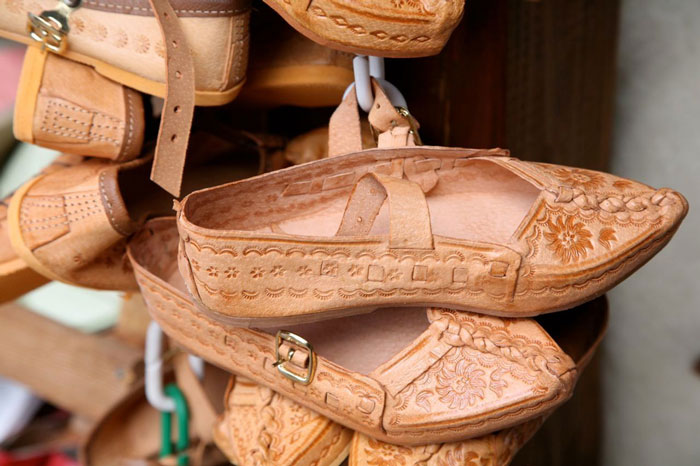
Cultural Identity and Heritage Connection
The styles and designs of traditional leather footwear communicate messages about regional origins and social status. For example, North American moccasins, crafted from soft deerskin leather, possess distinctive beaded designs indicating the wearer’s tribal identity. By embracing these styles, you connect with your roots and express your cultural background through fashion.
Practical Functionality
Leather footwear is not just about heritage; it also provides practical benefits. Moccasins, for instance, offer flexibility and comfort ideal for hunters and traders. Japanese Geta, made from wood with elevated blocks, are designed to keep feet dry during rainy months. These shoes combine cultural authenticity with everyday utility.
Craftsmanship and Artistry
Each pair of traditional leather shoes reflects the skills and artistry passed down through generations. Techniques like using wooden lasts and hand-stitching ensure a precise fit and showcase a high standard of craftsmanship. By understanding these methods, you appreciate the dedication involved in making high-quality, durable shoes that represent cultural authenticity.
Importance in Ceremonial Attire
Shoes hold great significance in traditional ceremonies and celebrations. They serve as symbols of connection to heritage during weddings and festivals. When you choose culturally inspired footwear, you help preserve these traditions and make each event more meaningful. Customers often prefer shoes that blend traditional elements with modern design for these special occasions.
Modern Integration
Even though the rise in global shoe production, traditional leather footwear retains its appeal. Modern brands incorporate cultural elements into their designs, ensuring these shoes remain relevant in contemporary fashion without losing authenticity. When you wear such shoes, you celebrate both tradition and modernity.
Historical Origins of Leather Footwear
The origins of leather footwear trace back thousands of years, with significant developments seen across various ancient civilizations like Egypt and Rome. These early designs not only offered protection from challenging terrains but also showcased ingenuity and craftsmanship.
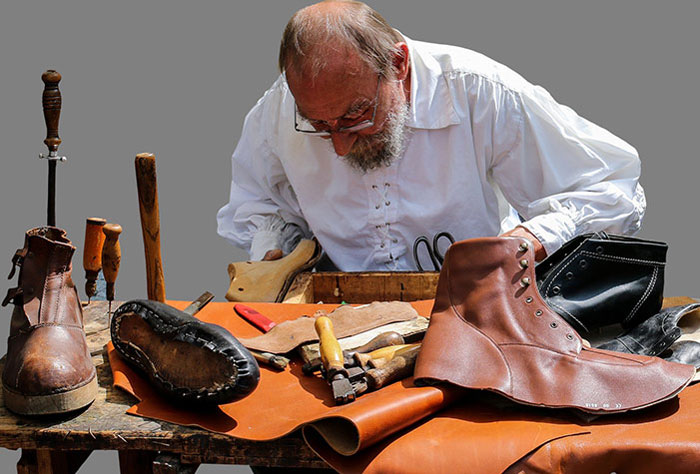
Early Uses and Development
Early leather footwear served multiple purposes beyond basic protection:
- Protection and Function: Designs catered to exploring rugged terrains and harsh climates, as evidenced by the 5,500-year-old Areni-1 shoe, made from cowhide and grass-lined for insulation.
- Sign of Status and Craftsmanship: In the Roman Empire, footwear styles denoted social rank. Shoemakers crafted different styles for various societal roles, employing materials such as cork and leather for distinct designs.
- Evolution of Styles: Over time, variations emerged, with civilians wearing sandals and Roman soldiers donning sturdier boots like the “caligae,” fitted with hobnail soles for durability.
Regional Variations in Design
Different regions developed unique leather footwear styles reflecting cultural influence:
- Ancient Greece: Leather sandals, known as “sandalos,” featured ornate designs and were popular across social classes.
- Egyptian Footwear: Egyptians favored sandals crafted from papyrus and leather, adapting materials available in their environment.
- Roman Empire: Higher-ranking soldiers wore footwear of finer leather, highlighting a status-related distinction in shoe design.
- Japanese and Estonian Styles: Other regions such as Japan and Estonia developed traditional garments like slippers and embroidered shoes, respectively, each exhibiting local craftsmanship and aesthetic values.
Understanding these traditional designs helps appreciate the blend of function, culture, and artistry in historical leather footwear.
Examples of Iconic Leather Footwear
Explore a selection of traditional leather footwear from around the world, highlighting their unique cultural significance and distinctive designs.
Moccasins from North America
Moccasins are crafted from soft leather, typically deerskin or buffalo hide, by indigenous North American tribes. These shoes feature a flexible sole and an upper adorned with beads or embroidery, showcasing tribal identities. Hunters, traders, and outdoor enthusiasts valued moccasins for their comfort and style.
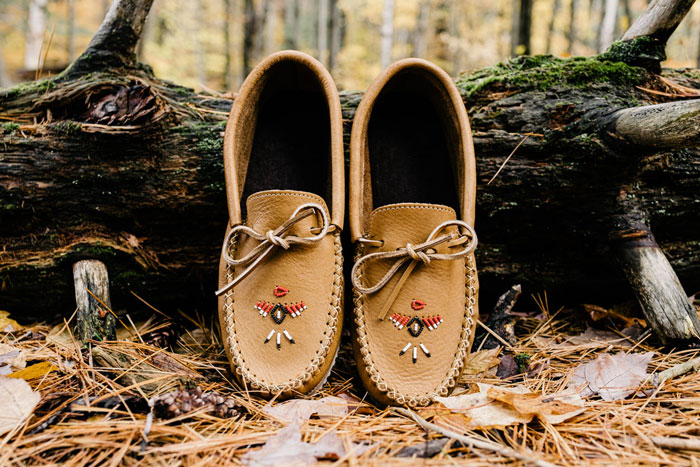
Jutti from India
Juttis, traditional shoes from Northern India, are low-cut leather footwear embellished with intricate embroidery. Historically, artisans used real gold and silver threads for decoration. Juttis expose the foot’s upper while covering the heel and toes, making them both practical and aesthetically pleasing.
Babouche from Morocco
Babouches are leather slippers often worn in Moroccan culture. With a flattened back for easy removal, they are popular in homes and mosques. Known for their vibrant colors and wool appliqué, babouches reflect the artisanal skills of the Ait Hadiddu Berber women.
Geta from Japan
Geta sandals are functional footwear that keep feet elevated and dry. Crafted from wood, they have an impermeable base preventing mud and water splashes. Originally paired with traditional Japanese clothing, Geta offer a glimpse into the practical yet cultural aspects of Japanese footwear.
Lapti from Russia
Lapti, traditional Russian footwear, are made from bast. Although not durable, they are renowned for their folk art-like appearance. Peasants primarily wore Lapti and while their use has declined, they remain a symbol of Russia’s cultural heritage.
Craftsmanship and Materials
Traditional leather footwear from around the world showcases meticulous craftsmanship and a deep understanding of materials. Expertise in crafting has been honed over centuries, resulting in unique techniques and styles that reflect cultural heritage and regional identities.
Leather Selection and Tanning
Leather selection is crucial in crafting durable and aesthetically pleasing footwear. Artisans often choose leather based on thickness and flexibility, such as full-grain leather for its durability and soft finish. In tanning, a process transforming raw hides into leather, vegetable tannins or chrome salts are commonly used. The choice between these tannins affects the leather’s color and flexibility. Countries like Italy are renowned for their high-quality tanning techniques, producing leathers used by luxury brands.
Decoration Techniques and Patterns
Decorative techniques bring cultural stories and artistry into each design. Traditions often dictate these decorations. For example, Turkish shoemakers excel in intricate embroidery, while North American moccasins feature beadwork that signifies tribal identity. In Japan, indigo-dyed leather with sakura motifs creates traditional geta sandals that are both artistic and practical. Employing such techniques ensures each pair of shoes is unique, adding value and historical context to the footwear.
Cultural Impact and Modern Influence
Traditional leather footwear holds significant cultural impact, influencing modern fashion while maintaining deep cultural roots. Classic designs like North American moccasins and Moroccan babouche slippers have juxtaposed functionality with heritage, impacting modern styles.
North American Moccasins
Moccasins, integral to indigenous North American tribes, reflect identity through intricate details. Modern adaptations incorporate elements like beadwork in popular streetwear brands, merging tradition with contemporary urban chic. Moccasins’ comfort and flexibility have inspired designers to revive soft leather in casual footwear lines.
Moroccan Babouche Slippers
Influential Moroccan babouche slippers, with their distinct pointed toes, have transitioned into modern high-fashion collections. Fashion houses mimic their traditional open-backed style in luxury slipper lines, celebrating cultural motifs through embroidery and leatherwork. These slippers bridge traditional Moroccan craftsmen techniques with today’s design sensibilities, maintaining functionality and aesthetic appeal.
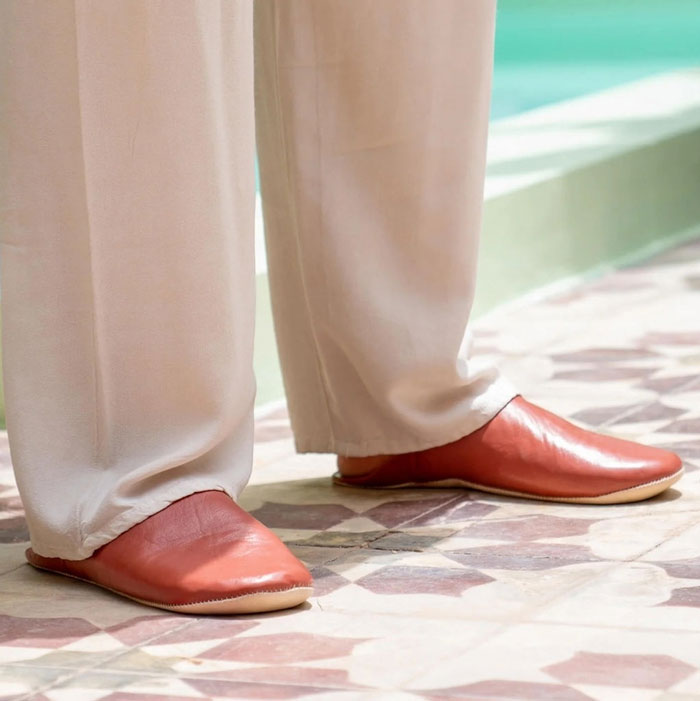
Continued Relevance
Designers draw inspiration from such traditional footwear, incorporating historical elements into modern fashion. Celebrated for their craftsmanship, these shoes represent sustainability through their enduring appeal and authentic materials. Modern brands aim to honor their cultural legacy by integrating traditional artistry into current trends, boosting the footwear’s cross-generational relevance. This fusion of tradition and innovation ensures traditional leather footwear remains a cornerstone of both cultural identity and modern style.
Conclusion
Exploring traditional leather footwear offers a fascinating glimpse into the blend of culture, history, and artistry. These shoes are more than just functional items—they’re symbols of identity and heritage that have stood the test of time. By understanding their cultural significance and intricate craftsmanship, you gain a deeper appreciation for the stories they tell.
As you investigate into the world of traditional footwear, you’ll find that these designs continue to influence modern fashion, bridging the gap between past and present. Embracing these styles not only celebrates cultural diversity but also supports sustainable practices by valuing authentic materials and craftsmanship.
Frequently Asked Questions
What is the cultural significance of traditional leather footwear?
Traditional leather footwear reflects cultural identity, heritage, and the artistry of different civilizations. Each style conveys unique messages about regional origins, social status, and cultural values. For instance, North American moccasins with beaded designs indicate tribal identity, while Indian juttis feature intricate embroidery showcasing artistry and regional flair. Such footwear plays essential roles in ceremonies and celebrations, adding deeper meaning to events like weddings and festivals.
How has traditional leather footwear evolved over time?
Traditional leather footwear has evolved from simple protective designs to intricate styles representing power and artistry. Originating from ancient civilizations, such as the Roman Empire and Ancient Greece, these shoes protected against harsh terrains while signifying social status. Their evolution showcases ingenuity and cultural significance, with variations like Japanese geta sandals and Estonian embroidered shoes highlighting regional artistry and functional design adaptations.
What role does craftsmanship play in traditional leather footwear?
Craftsmanship is crucial to traditional leather footwear, emphasizing quality and authenticity. The meticulous selection of materials, like full-grain leather, ensures durability, while decorative techniques embed cultural stories in each design. Countries known for skilled craftsmanship, such as Turkey, showcase intricate embroidery, ensuring each pair of shoes is unique with historical context and artistic value.
How do modern brands integrate cultural elements from traditional footwear?
Modern brands incorporate cultural elements from traditional footwear by combining authentic materials with contemporary designs. These brands draw inspiration from iconic styles, like North American moccasins and Moroccan babouches, blending traditional craftsmanship with modern fashion sensibilities. This integration preserves cultural roots and ensures relevance, allowing traditional styles to influence modern style and promote sustainability.
Why is Italian leather considered of high quality?
Italian leather is famed for its high-quality due to its superior tanning techniques and skilled craftsmanship. Italy excels in producing luxury leather goods, including shoes, jackets, and handbags. Iconic brands like Gucci and Prada highlight Italian dedication to quality, making Italian leather synonymous with luxury and excellence in the fashion world.


